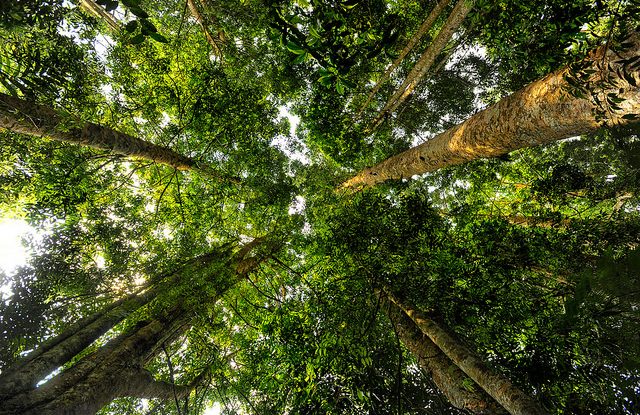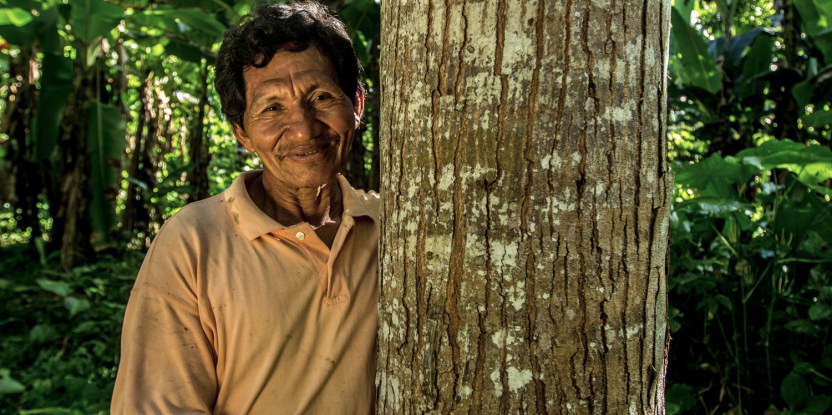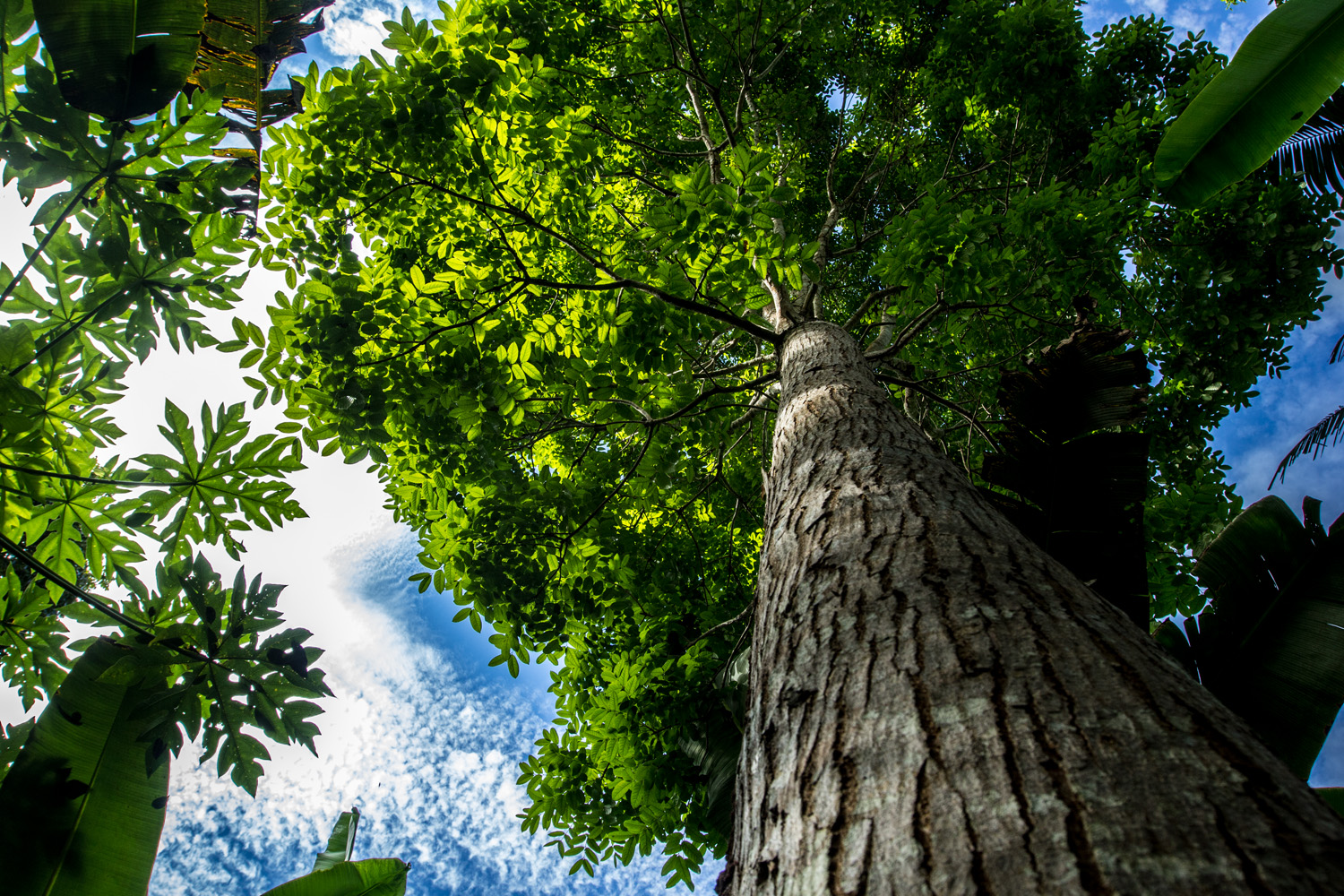The ambitious global strategy to reduce emissions from deforestation and forest degradation known as REDD+ rocketed to the top of the climate agenda in 2007. And forests were explicitly recognized as a key part of the solution to climate change in the Paris Agreement. The recent COP22 in Marrakesh only reaffirmed this trend.
So what has happened between conception and implementation? And what does REDD+ now look like on the ground?
“Since 2007, hundreds of subnational REDD+ initiatives have been implemented across the tropics. They include small projects linked to the voluntary carbon market, as well as broad jurisdictional REDD+ approaches like Acre’s State System of Incentives for Environmental Services in Brazil,” said Amy Duchelle, a scientist at the Center for International Forestry Research (CIFOR) who leads the Center’s work on subnational REDD+ initiatives.
“What I’ve realized from working on REDD+ all these years is that we could be talking about many kinds of conservation or development strategies,” she added.
This diversity – of contexts, initiatives, scopes and goals – can make it difficult to evaluate REDD+ successes or failures. Recognizing this complexity and incorporating it into research methods is essential to understanding the landmark initiative to protect the world’s forests.
Since 2009, CIFOR’s Global Comparative Study on REDD+ (GCS) has been examining REDD+ design and implementation vis-à-vis the 3E+ criteria – or carbon effectiveness, cost efficiency and equity among stakeholders, along with co-benefits – in order to evaluate the impacts of REDD+ on forests and people.
Duchelle will be presenting the impact evaluation methods and key findings from the GCS REDD+ research component on subnational initiatives at the 13th meeting of the Conference of the Parties to the Convention on Biological Diversity (CBD COP13) in Cancún, Mexico on 12 December in a side event organized by Conservation International and IIED.
The presentation will cover six years of field research on subnational initiatives- work that extended over six countries (Peru, Brazil, Cameroon, Tanzania, Vietnam, Indonesia), 150 villages and 4,000 households, and spanned from 2010 to 2012 in the pre-intervention phase and 2013 to 2014 in the post-intervention phase. The team used a Before-After-Control-Intervention (BACI) approach to be able to attribute observed outcomes to the REDD+ intervention itself.
REDD+ IMPACTS ON FORESTS AND PEOPLE
Astrid Bos, a Ph.D. candidate at Wageningen University involved with the research, compared average annual tree cover loss rates at both control and intervention sites, and compared trajectories before and after the start of the initiatives.
Among her main findings was that tree cover loss was minimally reduced at the studied REDD+ sites, although the performance appeared slightly better at the village level.
“It is really important to understand the differences between the performance measures and thus reference levels used, as results can vary widely,” said Bos. “Performance appeared worse if we only use data on intervention areas, without comparing to any type of control area,” she said, highlighting the importance of the BACI approach.
Bos’s remote sensing research begs a question that requires further research on the ground: What specific mixes of REDD+ interventions are affecting local land use? Ultimately, there are many possible combinations of interventions and it’s the end result brought about by the combination of interventions and strategies that matters more than the specific interventions per se.
Former CIFOR scientist and GCS team member Daju Resosudarmo posed just such a ground-level question, asking how REDD+ initiatives have been altering household land-use behaviors, finding that only one-third of all interventions reached households.
But, looking at such interventions as livelihood enhancements or environmental education, she found that 65 percent of households involved in interventions changed their land use.
“When we looked at what actually motivated changes in land use, we found a regulatory environment with monitoring and enforcement as a big motivation,” she said.
This finding was reinforced in an analysis focused on social safeguards for REDD+. Given the concern about the possible negative impacts of REDD+ on people who depend on forests for their livelihoods, a set of safeguards emerged to ensure that initiatives do no harm and actually do good.
Duchelle looked at the effects of specific REDD+ interventions – like regulations versus incentives – on local people’s perceived changes in well-being. Her results show the importance of regulations in curbing reported forest clearing, but also highlight the associated negative well-being impacts.
Objective measures of well being, such as income, can also be measured through impact evaluation. Claudio de Sassi is working with CIFOR to look at REDD+’s impacts on households tracking whether incomes rose or fell after interventions and if inequality increased or decreased.
So far his results have been mixed – with REDD+ presence not seeming to increase incomes, but also not seeming to have a consistent negative impact. And he found this to be true at the country level and at most site levels.
The scientists stress the need to rigorously evaluate the environmental, as well as socio-economical, impacts of REDD+ in order to benefit both forests and people.
LESSONS LEARNED
Duchelle will present lessons learned from many years of work on impact evaluation through GCS REDD+ at CBD COP13 in Cancun. According to her, some of the main lessons are the need for flexibility in analyzing evolving policy processes, such as REDD+, the importance of control area selection in impact evaluation, and the challenge of separating real effects from general noise of data.
Continuing to look into how both people and forests are affected by REDD+, the third phase of GCS research is just beginning, focusing on evaluating longer-term impacts in the broader context of landscapes, livelihoods and equity.
We want you to share Forests News content, which is licensed under Creative Commons Attribution-NonCommercial-ShareAlike 4.0 International (CC BY-NC-SA 4.0). This means you are free to redistribute our material for non-commercial purposes. All we ask is that you give Forests News appropriate credit and link to the original Forests News content, indicate if changes were made, and distribute your contributions under the same Creative Commons license. You must notify Forests News if you repost, reprint or reuse our materials by contacting forestsnews@cifor-icraf.org.


